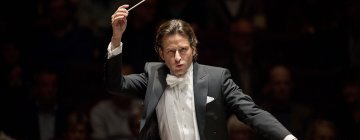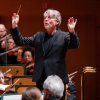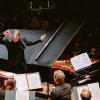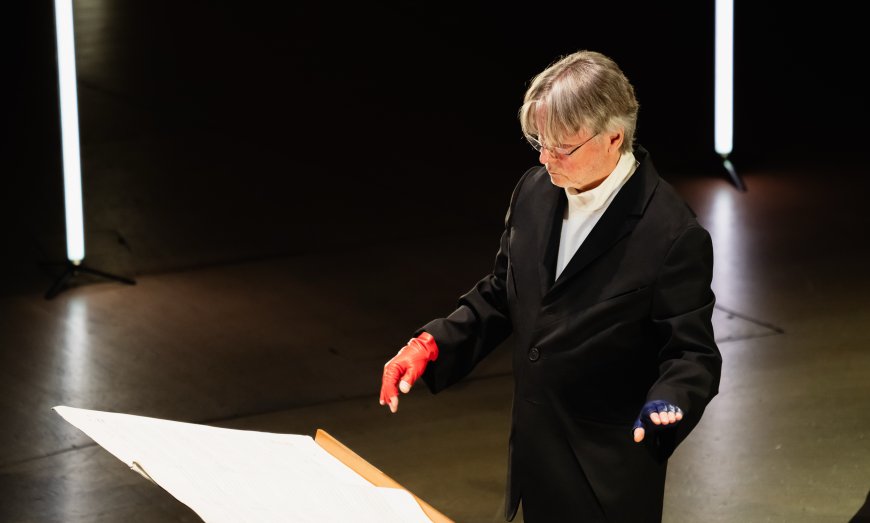
Pierre Boulez, born 100 years ago, figured greatly in the history of the Los Angeles Philharmonic, even though he never held a formal title with the orchestra. During his career, the composer and conductor appeared in front of the LA Phil regularly, and each time he did, it was an event. Festivals were built around his presence, press conferences were held for the genially quotable maestro, and run-outs to the Ojai Music Festival served as rustic codas to his residencies in the city.
Southern California audiences received a terrific education from Boulez, who offered 20th-century music played brilliantly and with exacting clarity, guided by his astounding ears and baton-less hands. We learned what was possible. Difficult, supposedly cerebral modernism could be made to sound coherent, to shine, and even at times to sing. The forward-thinking reputation that the LA Phil has now was in part precipitated by Boulez’s visits.
So it was fitting that Esa-Pekka Salonen, who has become Boulez’s heir as the leading composer-conductor of our day, led the orchestra’s centennial celebration of the modernist maestro on Sunday afternoon, May 11, at Walt Disney Concert Hall. Like Boulez’s concerts — and just about all of Salonen’s return visits to Los Angeles as conductor laureate — it was a real event, a bold, innovative program loaded with musical crosscurrents.

One great idea was to juxtapose two of the original piano movements from Boulez’s 12 Notations — dissonant miniatures from his angry-young-man period — with the lavishly orchestrated expansions of those pieces from his maturity. After another Boulez protege, pianist Pierre-Laurent Aimard, plunked out the originals of Notations 4 and 7, Salonen immediately followed with the luminously colorful elaborations. They made an overwhelming sound in this hall, more than any recording could have contained — fearsomely complex yet equipped with a steady pulse that anchored the nearly buried original frameworks.
Another Boulez specialty, Béla Bartók, was checked off with Aimard and Salonen collaborating on the Hungarian composer’s Piano Concerto No. 3 following their recent recording of the work with the San Francisco Symphony. Live, their rendition was a little faster, with Aimard maintaining a soft touch and Salonen producing felicitous phrasings and impish wit. For encores, the pianist rattled off Boulez’s Notations 8, 11, and 10 in that order, a perfectly chosen parting shot.
I have a very special memory of hearing Boulez lead a shatteringly clear performance of Debussy’s La mer in 1984 at UCLA’s Royce Hall that forever changed my view of the piece. Unexpectedly, I experienced this again with La mer on Sunday.
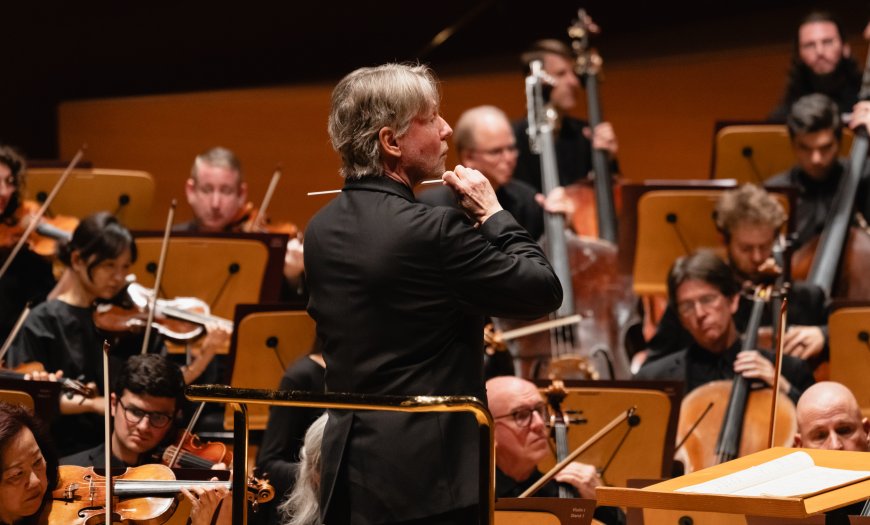
Salonen’s interpretation was right in the Boulez pocket, beautifully shaped from stem to stern, the waves in the second movement as transparent as glass and emotionally sensuous. The performance was masterfully balanced even at its loudest, the big orchestra pouring forth a rain of turbulence and beauty.
All of the above would have been satisfying enough, but there was one more item on the program, the piece de resistance. This was Boulez’s Rituel in memoriam Bruno Maderna, dedicated to a comrade in arms in the postwar Darmstadt avant-garde scene who died relatively young in 1973.
The score is an understated funeral dirge employing repetitive and additive processes, with gongs and tam-tams marking time, a far cry from the usual Boulezian complexity. The closest comparison I can think of is Miles Davis’s “He Loved Him Madly,” a measured, desolate lament for Duke Ellington of similar length that also dates from 1974.
Boulez himself conducted the West Coast premiere of Rituel during that same 1984 visit that yielded La mer. But this Rituel was different. At 34½ minutes, Sunday’s performance was 8½ minutes longer. (The composer would revise the score in 1987.) It was also more of a spectacle.
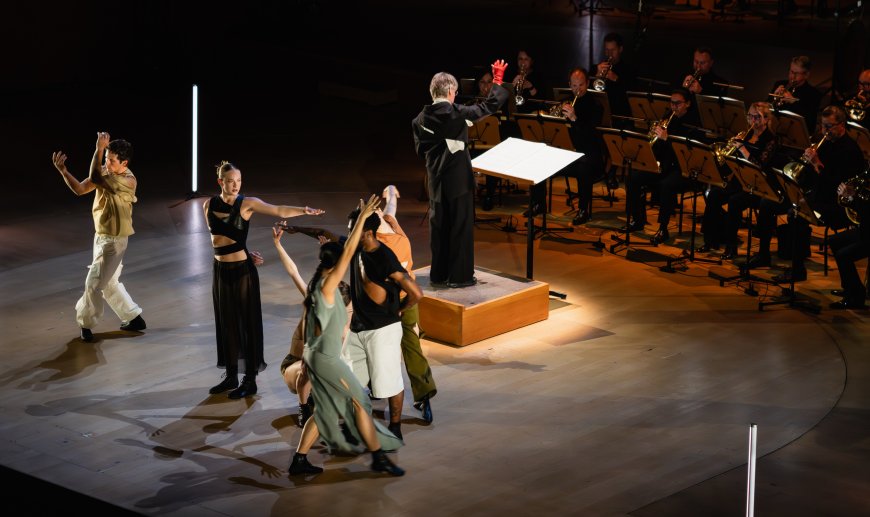
The orchestra was divided into several small ensembles onstage, in the wings, and in galleries above. Salonen led the groups wearing a red glove on his right hand, presumably so that the distant ensembles could see his cues better. But he also just stood there as they played on their own. Fluorescent lightsabers lined the walls of the dimmed hall. Six dancers from LA Dance Project, choreographed by Benjamin Millepied, whirled, dashed, froze, and then gathered together as if they were one organism, basically following the sustained and abrupt bursts of sound.
The total effect was mesmerizing in the stunningly clear surround sound of Disney Hall. The production, including dancers, will travel to the New York Philharmonic under Salonen’s direction in October, but will David Geffen Hall be able to deliver the experience as vividly?
